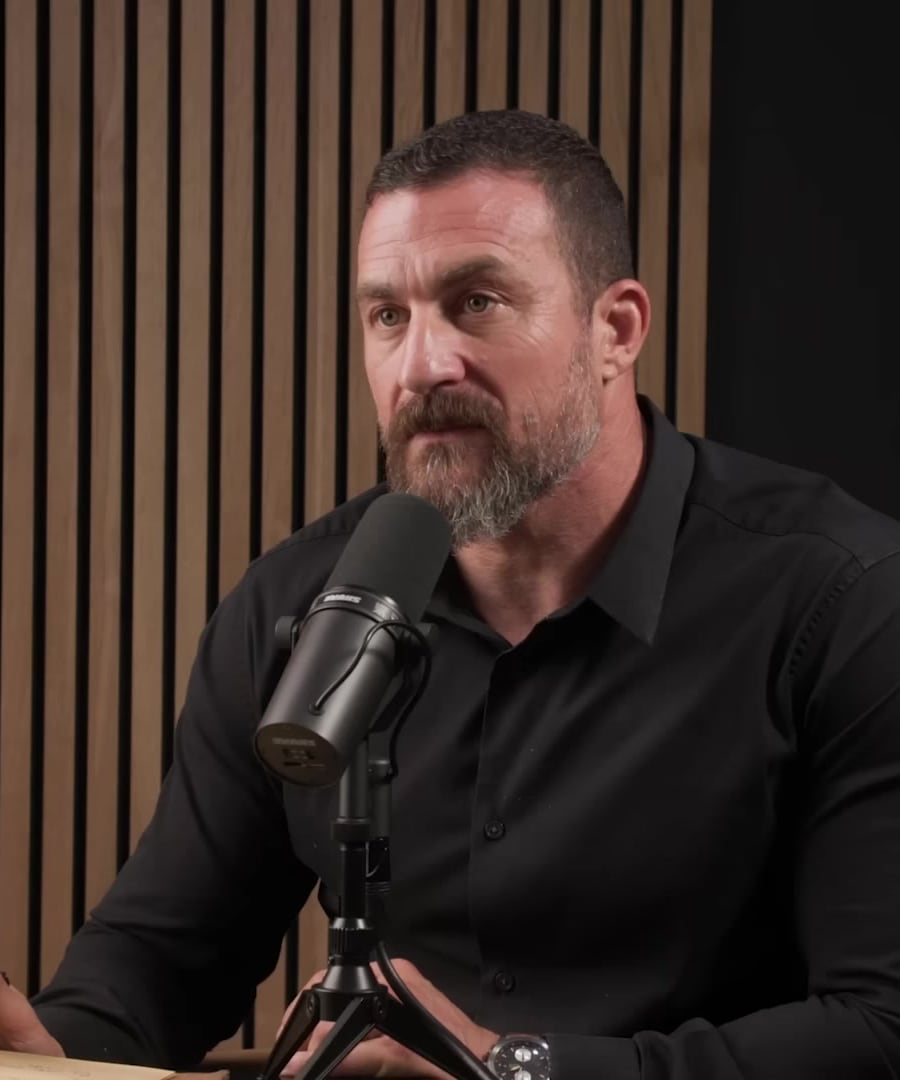The perfect daily routine
Sources:
Creating an optimal daily routine involves several components that support both mental and physical health. According to and insights from the , here's a suggested framework:
-
Morning Sunlight: Start your day by exposing yourself to natural sunlight as soon as possible. This practice is crucial as it helps set your circadian rhythm, boosts alertness, and prepares your body for a good night's sleep later. Aim to get outside for at least 10 minutes, even if it's overcast, as this exposure can significantly improve your energy and mood throughout the day 1.
-
Physical Activity: Incorporate physical exercise early in the day to capitalize on the natural increase in cortisol, which should peak in the morning. This will amplify your energy levels and improve your overall vitality. Regular, moderate workouts can improve your mood and maintain physical health without the risk of overtraining 2.
-
Evening Routine: In the late afternoon or early evening, get a bit of sunlight exposure to help adjust your retinal sensitivity and prepare your body against bright artificial lights later. This practice is less critical than morning light but still beneficial 3.
-
Work-Life Balance: Focus on a work routine that you can consistently maintain without sacrificing sleep or mental health. Identify how many hours you can work effectively each day and stick to that to prevent burnout and ensure sustainable productivity 4.
-
Nutritional Practices: Maintain a regular meal schedule that aligns with your activity levels and does not interfere with your physical performance. Consider fasting in the morning if it suits your lifestyle, but ensure your eating habits support restful sleep and energy throughout the day 5.
Implementing these elements into your daily life can enhance overall well-being, productivity, and health. Keep in mind that flexibility and personal adjustments are key, as consistency tailored to your needs is what will ultimately lead to positive outcomes.
RELATED QUESTIONS-
The perfect daily routine
- RELATED QUESTIONS




